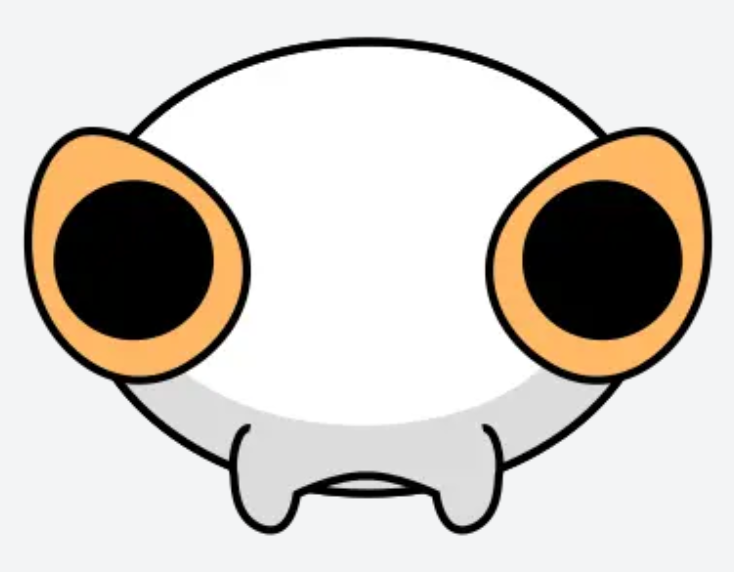After watching this video I am left with this question.
The video ultimately claims that humans will not disappear, but doesn’t do a great job explaining why.
Correct me if I’m wrong, but for the (or a) population to be and remain stable, the total fertility rate needs to be equal to the global replacement rate (which recently was 2.3).
And since the total average fertility rate appears to be currently at this 2.3, any drop in the fertility rate in place A would have to be compensated with a rise in the fertility rate in place B (assuming that, at some point, we would like to stop population decline)?
I guess one way for a population to remain stable, while women are having fewer than 2.3 children, would be to have fewer men? If a population has 100 women and 10 men, each woman would only have to have on average (a bit more than) 1.1 child? (Which would of course also require a collective form of prenatal sex selection.)
I realize that would be bonkers and unethical. Just wondering out loud.


If a generation is 25 years, there 7.9 billion people on Earth, and the replacement rate is 1.0, then humans will disappear in about 800 years.
If we enforced a 1.0 replacement rate for two generations, the global population would decrease by 75%, leaving 1.9 billion people in play. This is the global population in 1919. If we go three generations, we could get down to 985ish million prople.
That would be amazing for our climate goals and would be considered ethical and humane by most.
Would the shrinkage in the labor force make it impossible to provide end of life care and financial support as the larger generations age?
Yep. We would have to back to villages at some point.
Would smaller groups feel a reduced strain from that?
Only if they tried to hold to our standard of living. If they adapted, which I suppose that they would, the only stress would be seeing society thin out around you.
Robots
Restricting reproductive rights is not ethical.
What if selection is truly random?